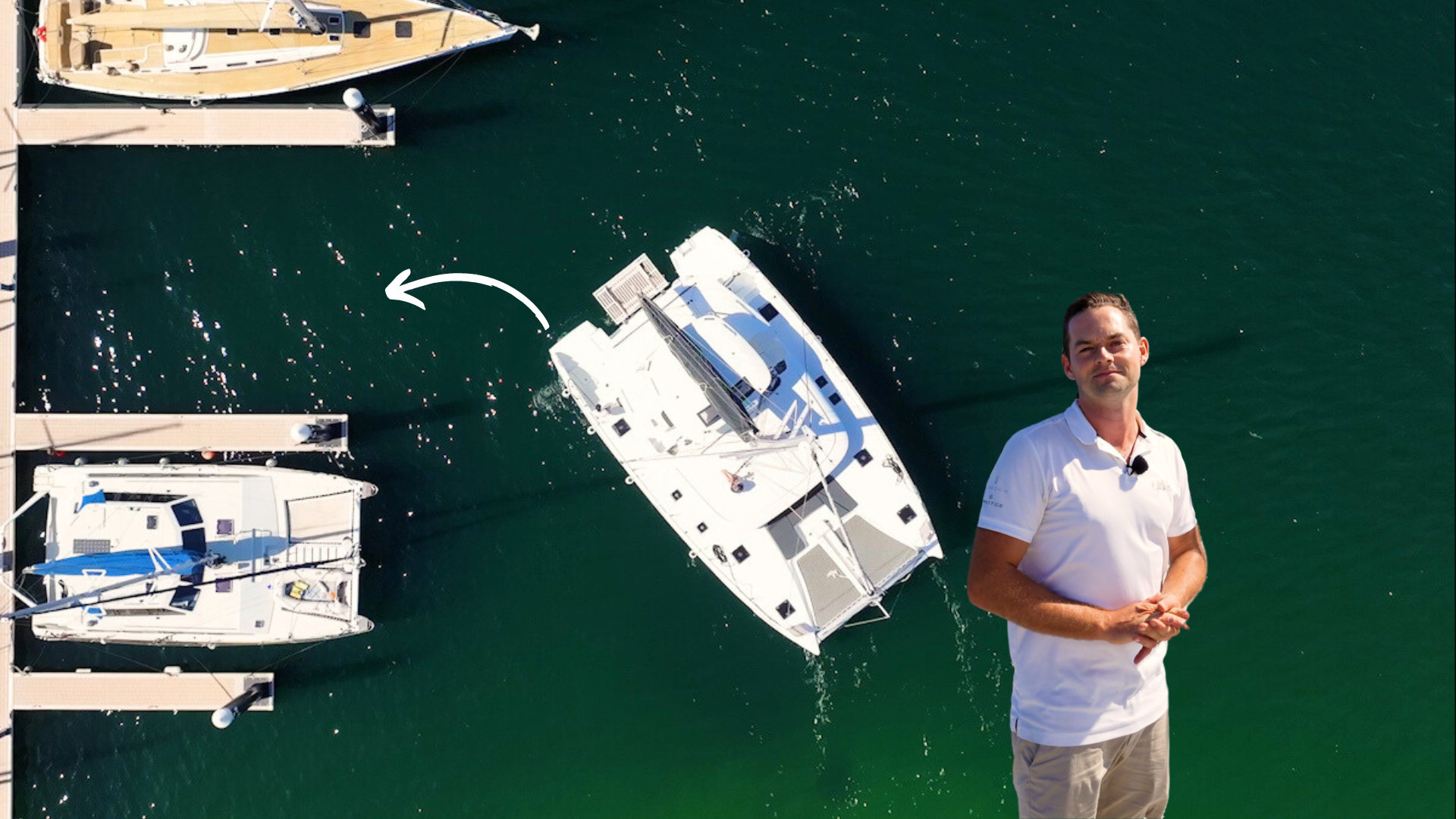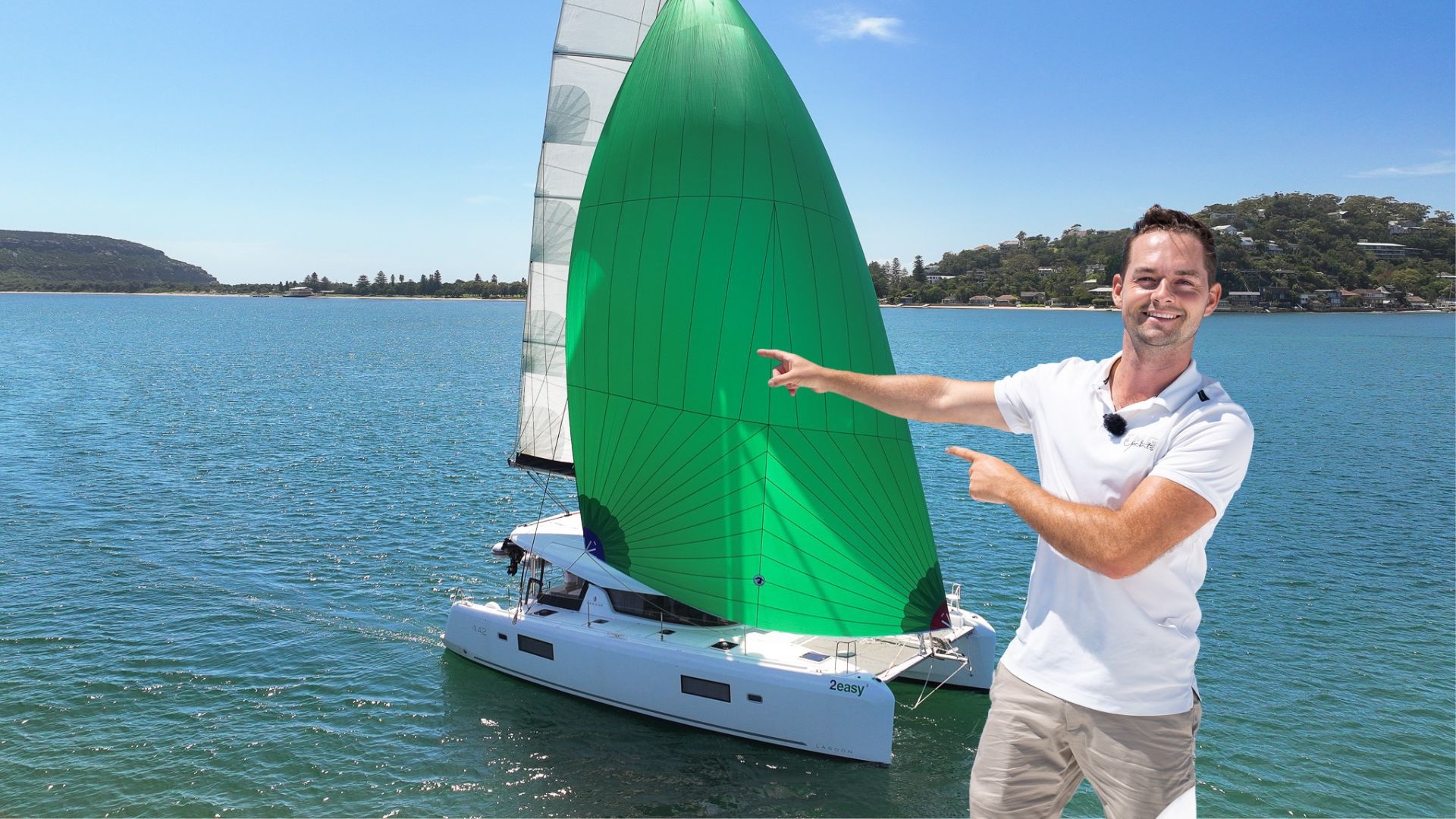How to Fly a Code Zero on a Catamaran
Inspire and Learn Sailing Techniques
Welcome to another Inspire and Learn guide, brought to you by TMG Yachts. In this instructional piece, we delve into the intricacies of flying a Code Zero on a catamaran, specifically the Lagoon 46. Join our expert, Joe Fox, as he walks you through the setup, preparation, and manoeuvres involved in harnessing the power of this versatile sail.
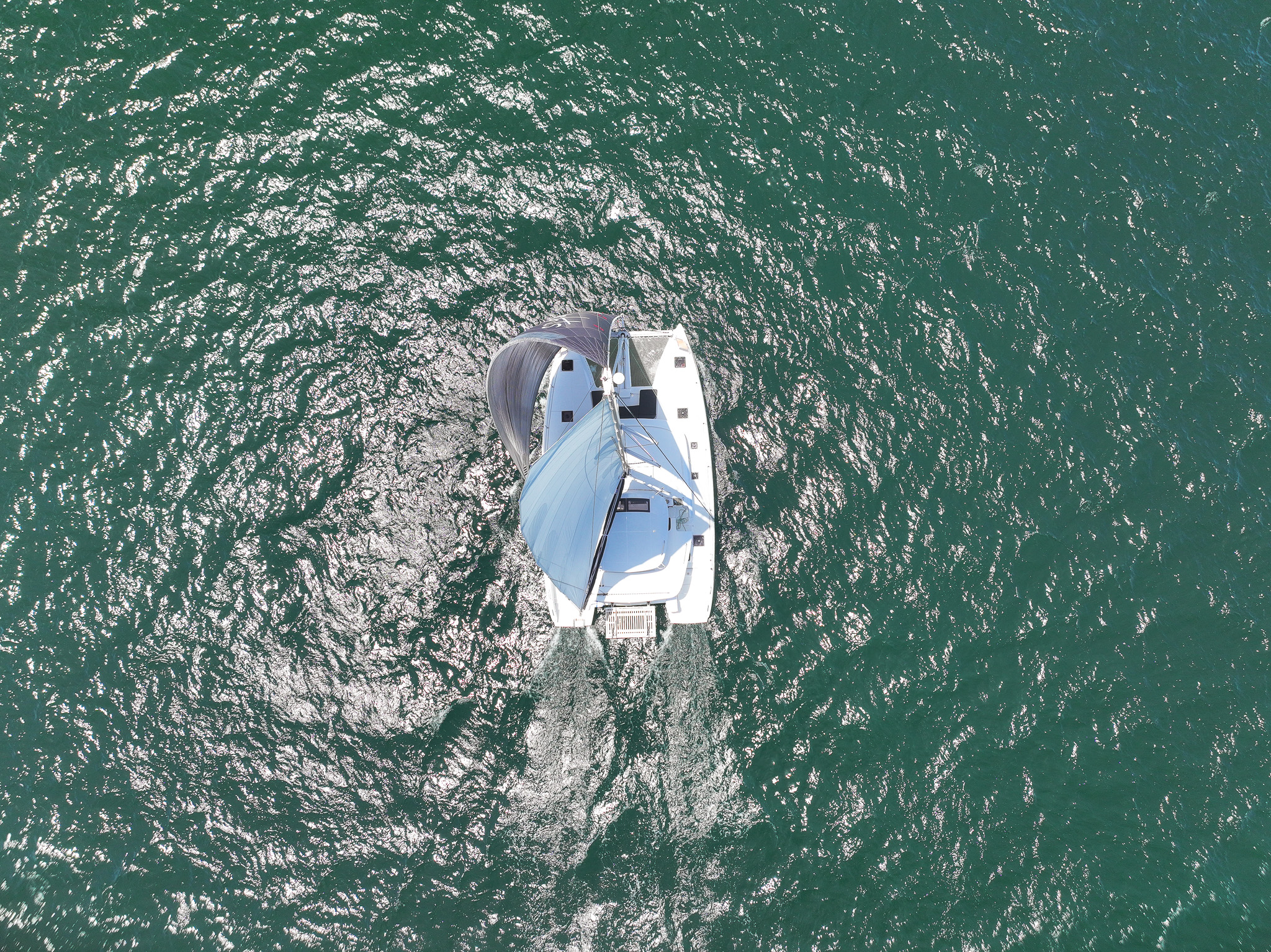
What is a Code Zero
The Code Zero sail, often referred to as the “Gennaker,” finds its place between a traditional Genoa and an asymmetrical downwind spinnaker. The Code Zero features medium-weight sailcloth, providing a balance between light spinnaker sailcloth and heavy Dacron used in a Genoa.
This sail type has been around for about 25 years, originally seen in races like the Whitbread Round the World Race (now the Ocean Race). Today, it’s commonly used on catamarans to boost speed in light winds, adding three to four knots and sometimes even doubling the boat’s speed depending on the wind angle.
When to Use a Code Zero
Primarily, the Code Zero is a downwind sail. It can be flown on the beam, but as the wind strengthens, the sail needs to be carried lower to prevent overstressing the rigging or the sail itself. The general rule of thumb is to avoid winds stronger than 15 knots, as the sail becomes less efficient and may strain the equipment.
Code Zero Configuration
The Code Zero is rigged similarly to a Genoa, with some key differences. It furls around a torsion cord or a forestay and has a continuous line furler instead of a traditional drum. The sail consists of the head, tack, and clew, with sheets fixed to the clue. It’s crucial to ensure that the sheets run freely and aren’t caught around the forstay when hoisting the sail. Before hoisting, secure the tacks snap shackle to the bowsprit.
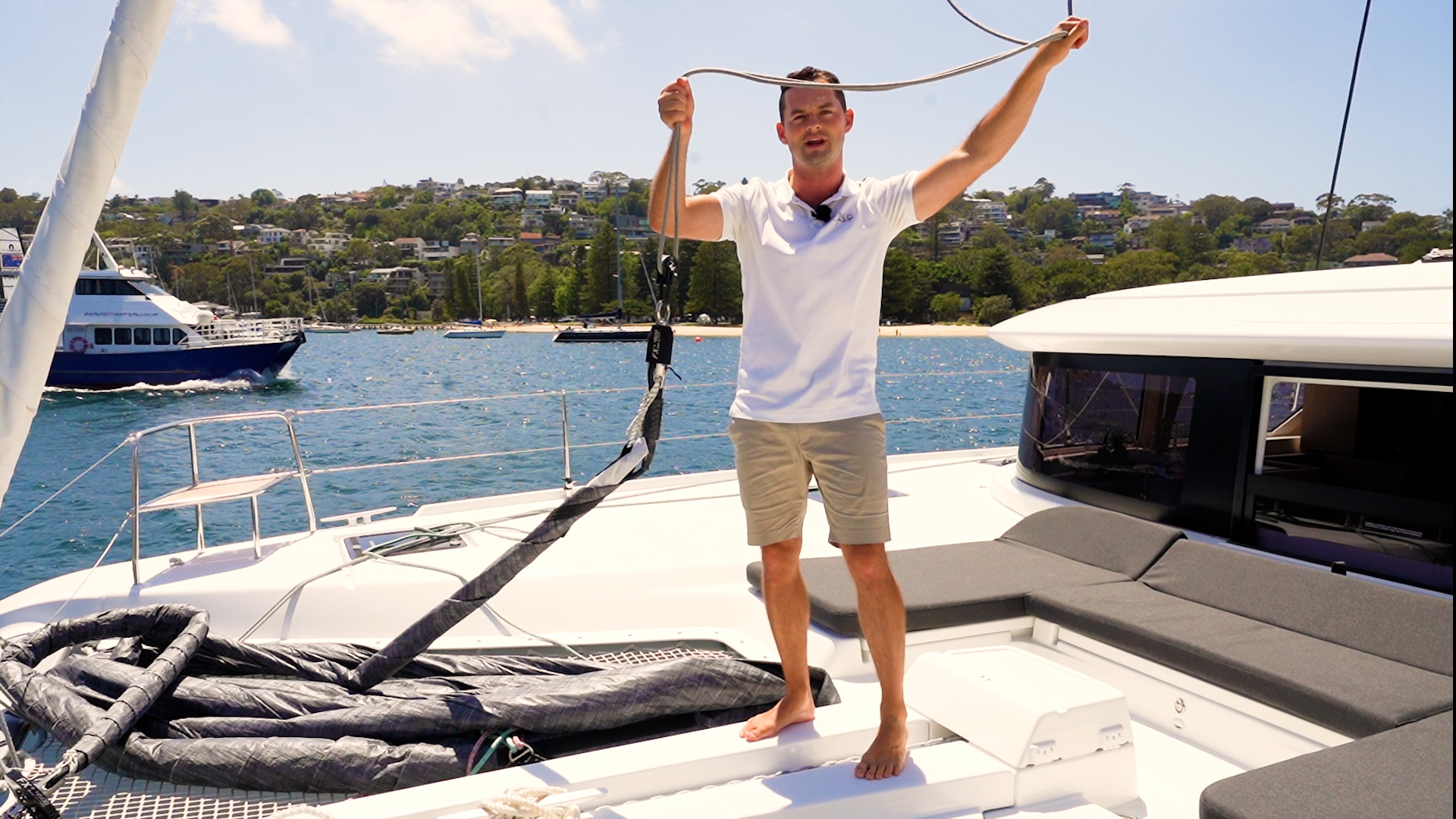
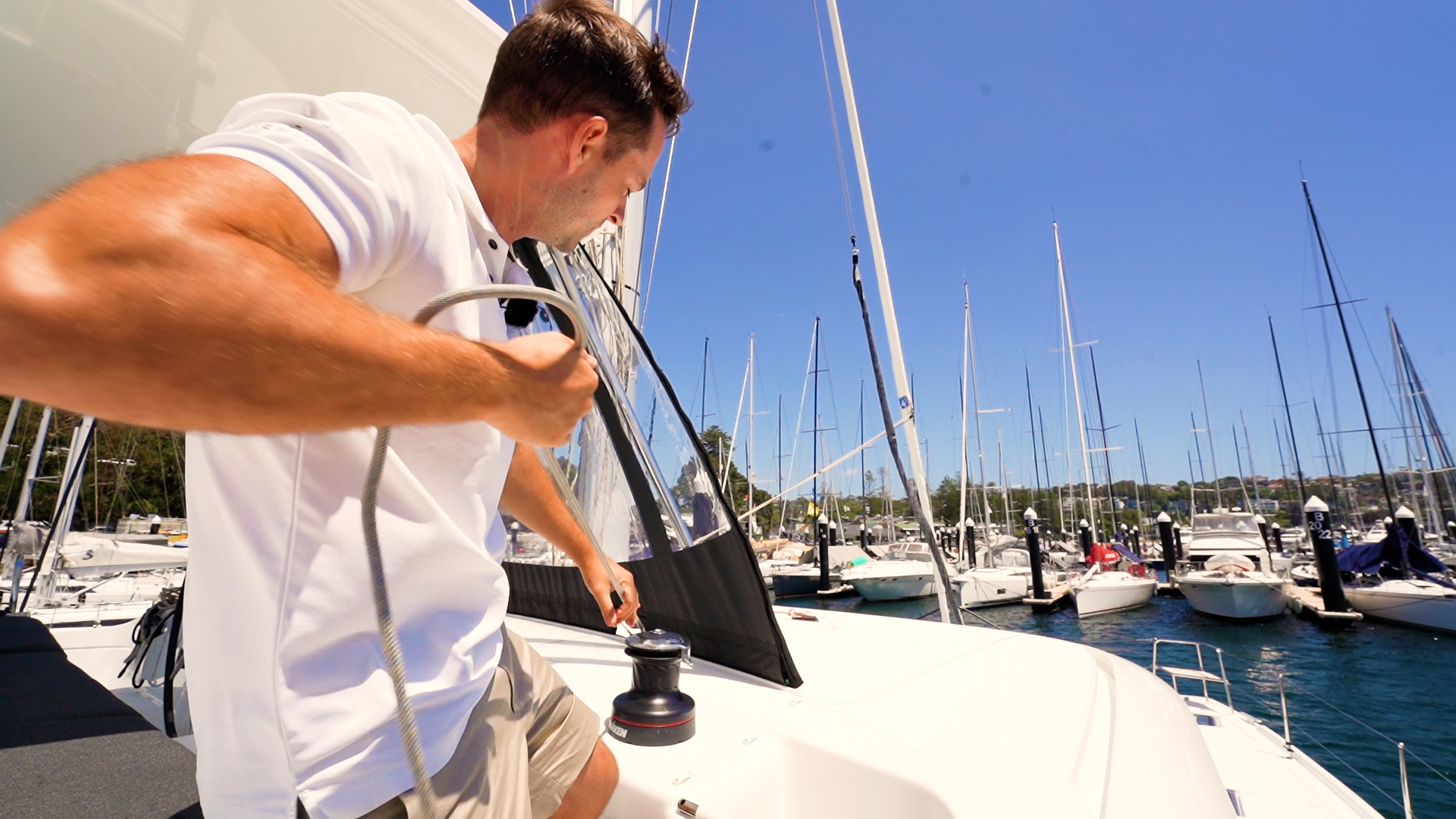
Code Zero Hoisting
Before hoisting the sail, make sure all fixing points are attached, including the sheets and halyard. Hoist the sail from the helm station, ensuring that the halyard is tightened sufficiently. Be mindful of the wind direction, as it may push the sail against the rigging during hoisting. Once hoisted, secure the sheets and ensure the furling mechanism is engaged to prevent accidental unfurling.
Before Using the Code Zero
Before turning away from the wind to utilize the Code Zero, it’s crucial to prepare the sail for unfurling. Ensure that the mainsail is fully hoisted. Run both the port and starboard sheets up to the winches for control. It’s essential to ensure that all lines are free to run, especially with the potential pressure from the wind. Load the working sheet onto the winch corresponding to the side from which the sail will come out and ensure that the lazy sheet on the opposite side is completely free to run to prevent disruption during unfurling.
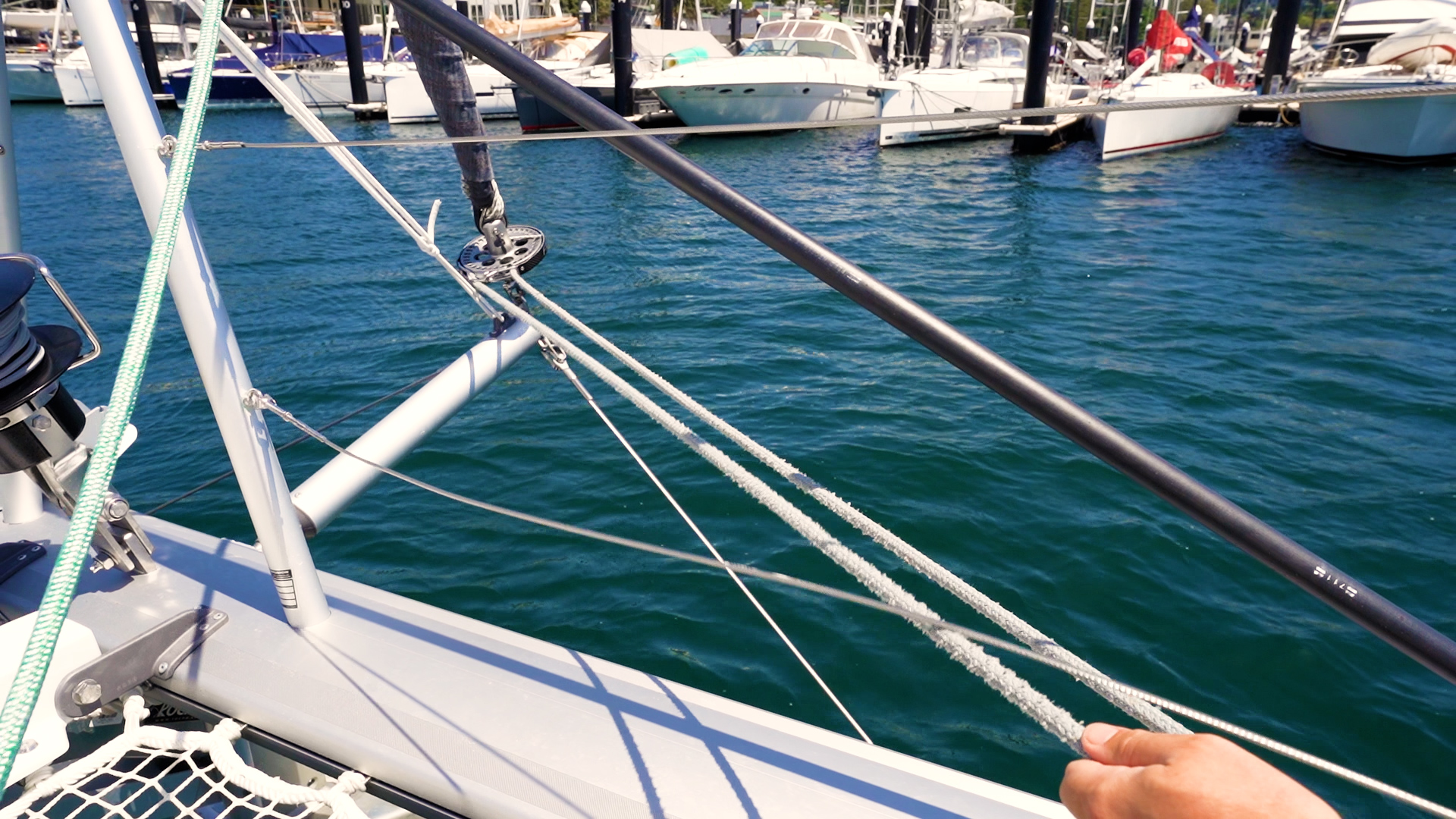
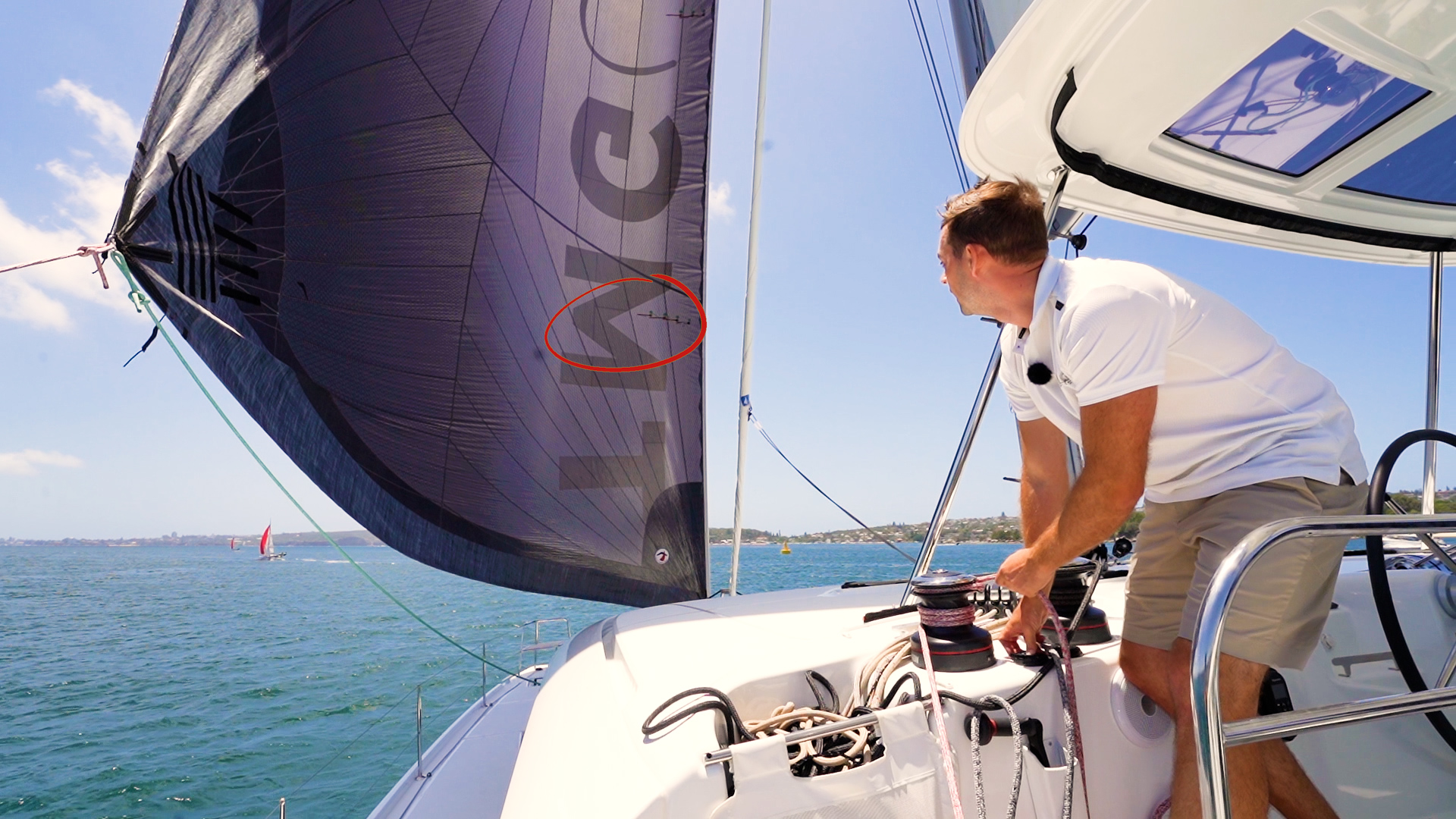
Trimming the Code Zero
Once the Code Zero is unfurled, trimming becomes essential to optimize its performance. Similar to trimming a Genoa, pay attention to the tell-tales on the windward and leeward sides of the sail. Adjust the sheets accordingly to achieve optimal sail shape and efficiency. Be mindful of the wind angle and adjust the trim as needed to maintain the desired course and speed.
How to Gybe – Cruising Gybe vs Racing Gybe
Since the Code Zero is primarily a downwind sail, tacking is not possible, as the sail is hoisted in front of the forestay, instead you must gybe.
For a cruising gybe, start by heading downwind to reduce the apparent wind on the vessel. Ensure the furling line is ready, and as the sail is eased, furl the sail, then prepare to gybe the boat. Once the gybe with the mainsail is complete, and the boat is on its new trajectory, unfurl the Code 0 sail on the opposite side to continue sailing downwind smoothly.
For those with more advanced skills or experience in racing, a racing gybe can be executed. This involves threading the sail between the Code Zero itself and the forestay without furling the sail, requiring precise timing and technique to ensure a smooth transition
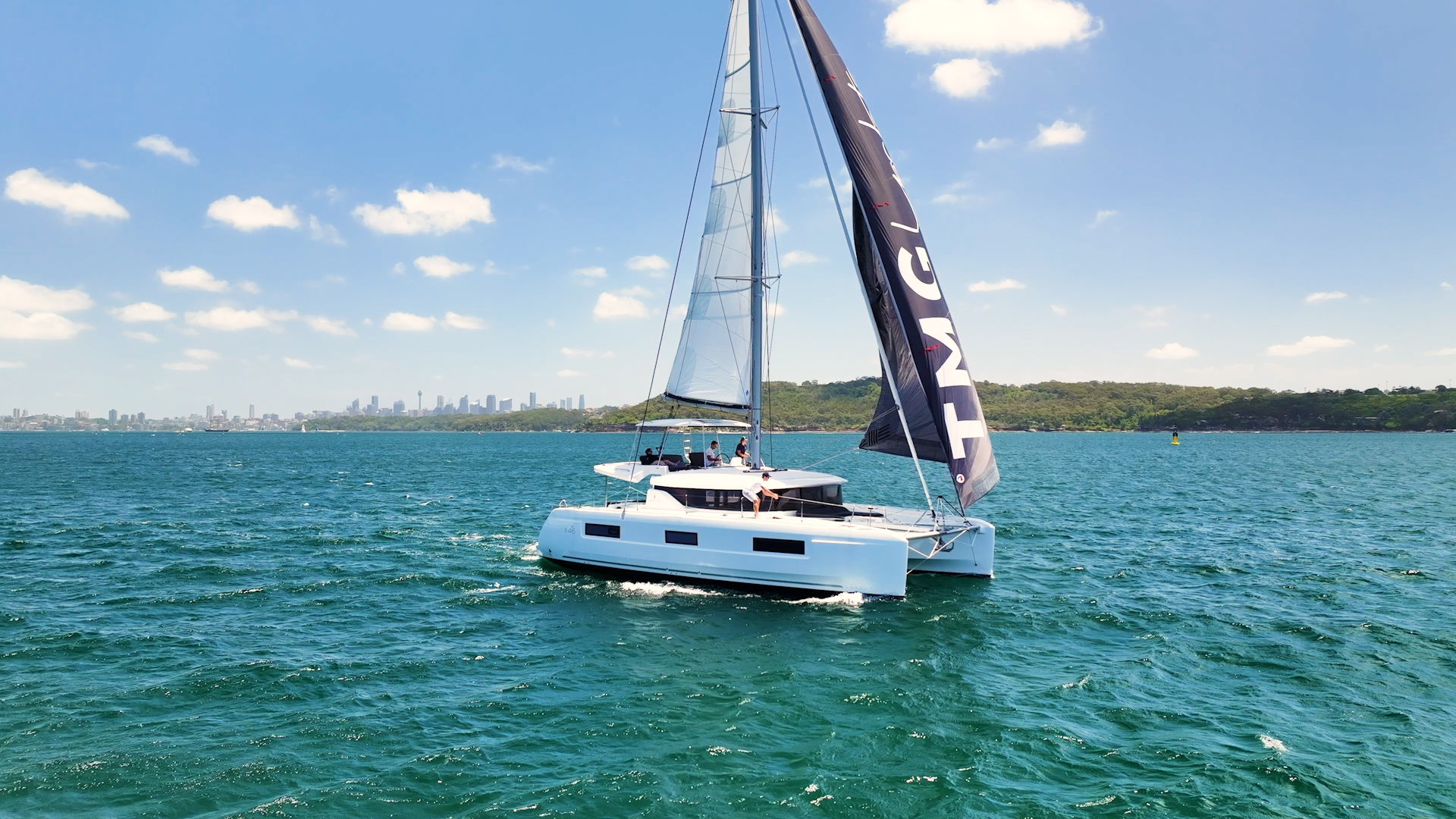
Flying the Code Zero is an exhilarating experience that can significantly enhance sailing performance in light wind conditions. While it requires careful planning and maneuvering, mastering the use of the Code Zero opens up new possibilities for sailors seeking to maximize their speed and enjoyment on the water. Whether cruising or racing, the Code Zero is a versatile and valuable addition to any vessels sail wardrobe.
LATEST FROM THE INSPIRE AND LEARN SERIES
Master Catamaran Sailing with Lagoon Campus
Launching in 2025, TMG Yachts introduces the Lagoon Campus—a tailored training program designed to upskill future Lagoon catamaran owners.
How to Dock in a Crosswind on a Catamaran (in a tight space)
In this episode, join Joe Fox as he walks you through the intricate process of docking a catamaran in a tight berth with a crosswind.
How to Fly an Asymmetric Spinnaker on a Catamaran
In this guide, we delve into the intricacies of flying a Code Zero on a catamaran, specifically the Lagoon 46. Join our expert, Joe Fox, as he walks you through the setup, preparation, and manoeuvres involved in harnessing the power of this versatile sail.


